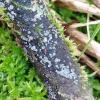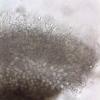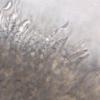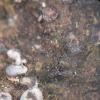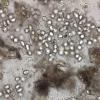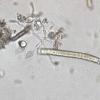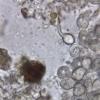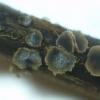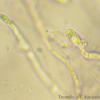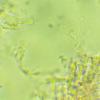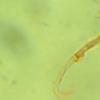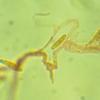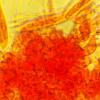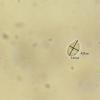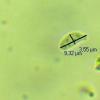
15-12-2025 15:48
 Danny Newman
Danny Newman
Melanospora cf. lagenaria on old, rotting, fallen

15-12-2025 15:54
 Johan Boonefaes
Johan Boonefaes
Unknown anamorph found on the ground in coastal sa

15-12-2025 21:11
 Hardware Tony
Hardware Tony
Small clavate hairs, negative croziers and IKI bb

15-12-2025 07:09
 Danny Newman
Danny Newman
indet. Rutstroemiaceae sp. on unk. fallen leavesMc

15-12-2025 07:05
 Danny Newman
Danny Newman
Pseudosclerococcum golindoi (det: Zotto)near Cosb

15-12-2025 11:49
 Danny Newman
Danny Newman
ITS sequences from the following two collections B

15-12-2025 12:34
 Danny Newman
Danny Newman
indet. Rhytismataceae on oak leafnear Purchase Roa

09-12-2025 12:06
 Andgelo Mombert
Andgelo Mombert
Bonjour,Je recherche l'article concernant Hypobryo
While microscopically examining some fruiting bodies on wood that I could identify as Mollisia fusca, I observed two strange phenomena ... I don't know if there is a connection between the two.
1) After taking photos of asci, paraphyses and spores of the mollisia (photo 1a), I found where normally the hymenium is, conidiogenic structures with lacrymoid conidia 9 x 2.7 µm) (photos 1b-1c):
2) Three days later, the hymenium of most of the fruiting bodies (photo 2a) was seemingly gone or heavily affected by presumably a parasite? Conidia globose to amygdaliform with sometimes a kind of pedicel: 11-15 x 7-9 µm.
Does anyone have experience with these phenomena or perhaps a possible cause.
Many thanks for any information,
François Bartholomeeusen

Dear Zotto,
Thank you for your quick reply. A "chytrid" is unknown to me, and does that refer to 2) the "conidia" 11-15 x 7-9 µm
Warm regards,
François

here are some Danish records of chytrids:
https://svampe.databasen.org/observations/10259245
https://svampe.databasen.org/observations/10256834


Thanks, while I was formulating my reply you already delivered the publication ... "faster than his own shadow !!!"
To Thomas,
many thanks the pictures in the link Chytridiomycota are identical to mine point 2)
To Zotto,
I now have a lot to think about and study. Browsing through your "Ascomycetes illustrations" I found my own photos of the item on Ascofrance with this link: http://www.ascofrance.com/search_forum/45936
I think I can say on behalf of many Ascofrance nembers that we are very grateful to you for making your wealth of information freely available. Thanks again!
François

a few days ago I met the alleged Tremella discicola on some Pyrenopeziza sp. (?) on a blade of grass. If my guess is correct, perhaps it is a complex of species specialized for different hosts? By no means the spores in my collection are not globose.
Regards - Przemek
here is an example of a hitherto undescribed Syzygospora sp. hosted by what I have been able to determine is Hymenoscyphus scutula:
https://www.bio-forum.pl/messages/33/1035877.html
Forgive me everyone, I know this forum is about Ascomycetes, but as you know many species of "Heterobasidiomycetes" are closely related to ASCO. :-)
Przemek

